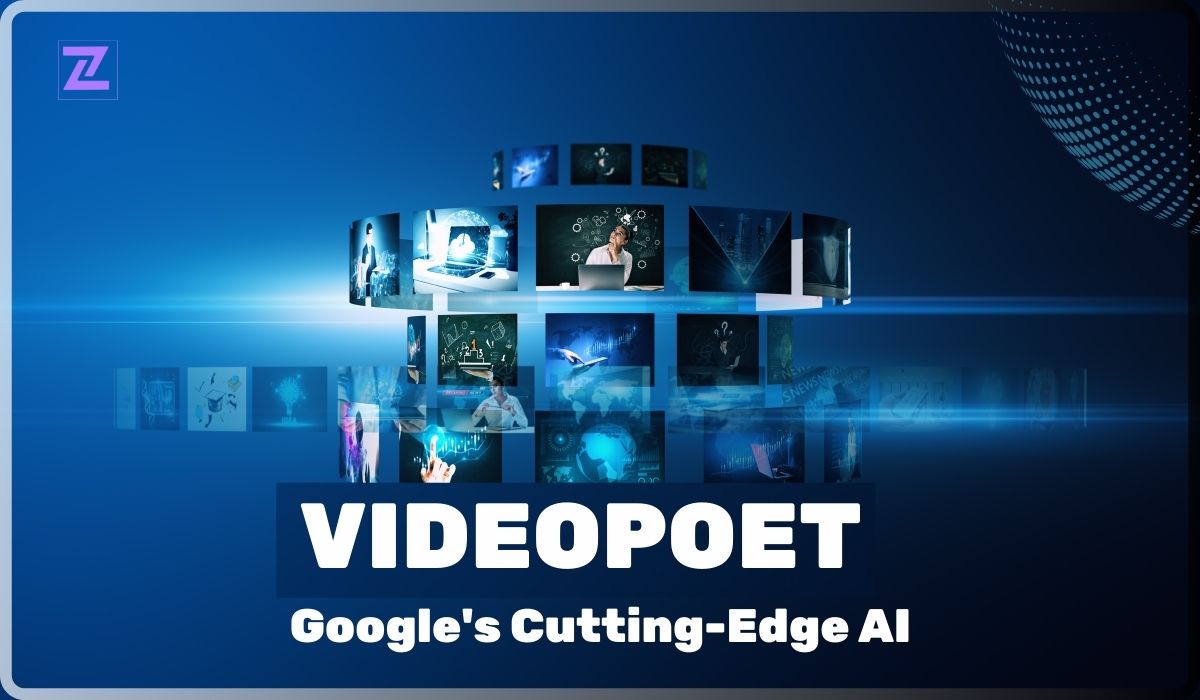
The field of video creation is undergoing a transformative shift with the introduction of Google's VideoPoet, an AI-driven tool that transcends conventional boundaries. In this comprehensive guide, we delve into the intricacies of VideoPoet, exploring its features, capabilities, and the revolutionary impact it promises on the multimedia content creation landscape. Whether you're a seasoned content creator or simply curious about cutting-edge technology, join us on this exploration of VideoPoet's magic.
Google VideoPoet utilizes a straightforward modeling method to transform any autoregressive language model or large language model (LLM) into a high-quality video generator. The architecture incorporates a pre-trained MAGVIT V2 video tokenizer and a SoundStream audio tokenizer, converting diverse media inputs into a unified vocabulary compatible with text-based language models.
VideoPoet introduces a revolutionary approach to video generation by incorporating multimodal generative learning objectives. It handles tasks such as text-to-video, text-to-image, image-to-video, video frame continuation, video inpainting and outpainting, video stylization, and even text-to-audio generation. The model's autoregressive nature ensures a high degree of temporal consistency, setting it apart in the realm of LLMs.
In the competitive landscape of AI-driven video generation, Google’s VideoPoet emerges as a game-changer. Unlike its predecessors, VideoPoet employs a ‘decoder-only architecture,’ enabling it to create content for tasks it hasn’t been specifically trained on. Google’s research team emphasizes the model’s prowess in handling diverse tasks seamlessly, contributing to its state-of-the-art video generation capabilities.
Compared to existing video models, VideoPoet stands out by integrating various video generation capabilities into a unified language model. It sidesteps the need for separately trained components, showcasing its versatility and efficiency. The model excels in generating longer videos, handling motion more gracefully, and producing high-fidelity motions, outshining its counterparts.
Explore the top features of Google VideoPoet, including diverse video motions, engaging visual storytelling, interactive editing capabilities, versatility in video styles and effects, and zero-shot controllable camera motions. These features collectively position VideoPoet as a dynamic and invaluable tool for content creators, offering unparalleled flexibility in multimedia content creation.
Google VideoPoet is at the forefront of AI-driven video generation, pushing the boundaries of what's possible in multimedia content creation. While its full accessibility awaits, the exploration avenues offered through the demo website and research paper hint at its vast potential. As we anticipate the public release of VideoPoet, the convergence of language models and video creation opens exciting possibilities for the future of content creation, with VideoPoet leading the charge. Stay tuned for updates on this groundbreaking AI tool and its transformative impact on the world of multimedia.